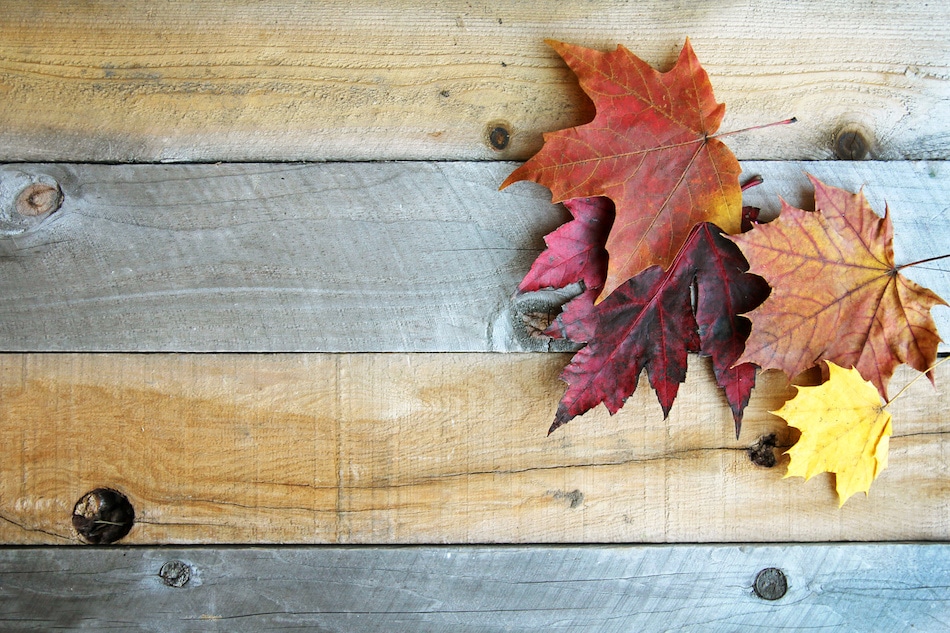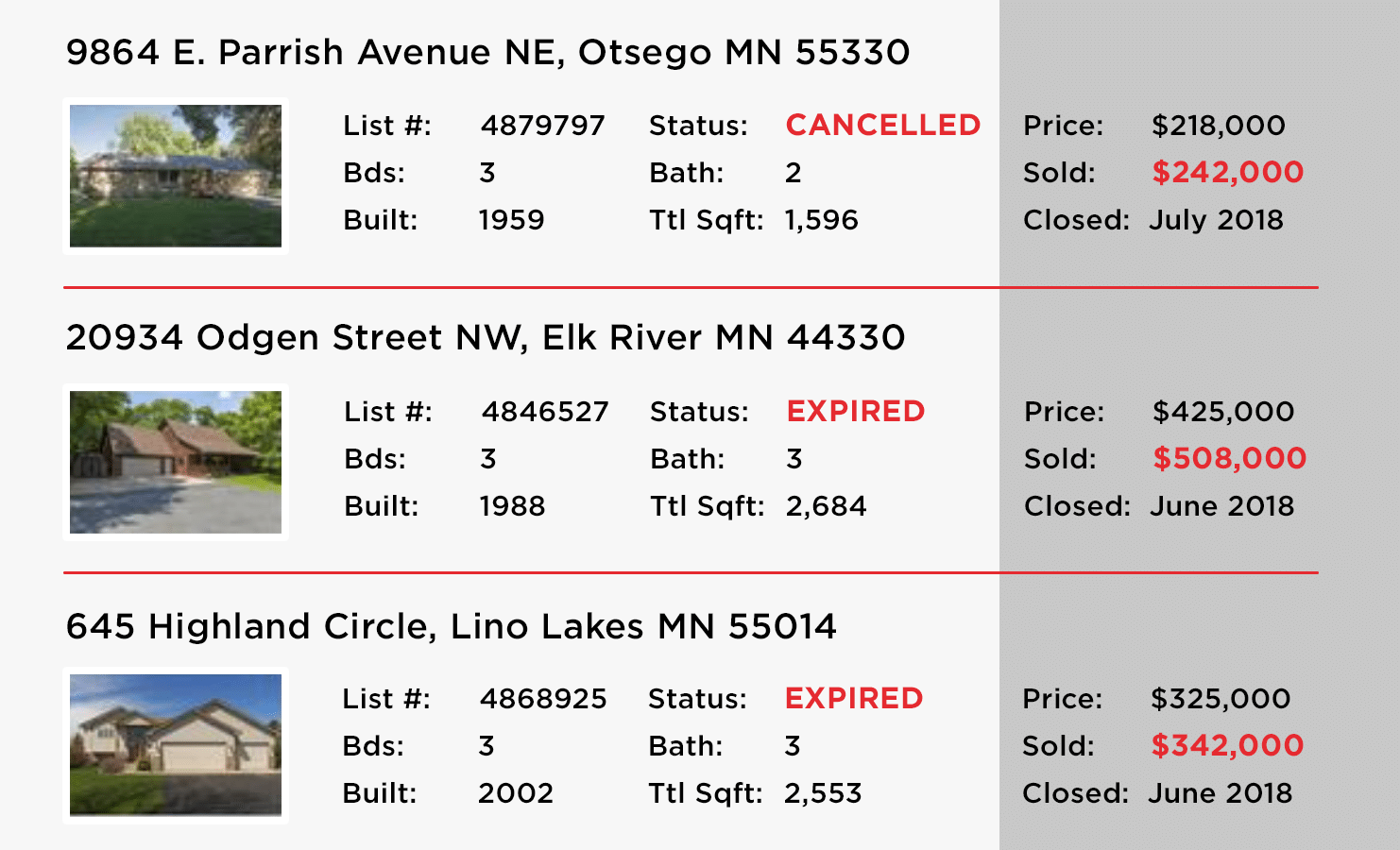
When Leaves Fall, So Do Prices
Why autumn is actually the best time to buy a home
 Certain things happen like clockwork every fall. More school buses clog the streets, Minnesota parks start converting their baseball fields into ice rinks, and home buyers notice that a property has been on the market for awhile and start to wonder, “What’s wrong with it?”
Certain things happen like clockwork every fall. More school buses clog the streets, Minnesota parks start converting their baseball fields into ice rinks, and home buyers notice that a property has been on the market for awhile and start to wonder, “What’s wrong with it?”
Then like Charlie Brown missing Lucy’s football, they miss their best chance to buy the perfect home.
Don’t let this happen to you! The truth about fall — especially late September and the first half of October — is that it’s the absolute best time to buy. That house you’re looking at in October? As the examples below show, it’s almost certainly going to sell for MORE if you wait until spring or summer to buy it.

Here’s why fall is the best time for home buyers, and why so many myths around “seasonality” in home buying are hard to break:
- If you remember basic economics, when there is less of a product to go around, it gets more expensive, and when there’s more of it, it gets cheaper (assuming steady demand). The truth is that the number of homes for sale peaks in the fall. That’s more supply! So prices go down and create a buyer’s market. (By the way, even more homes are on the market this fall because overall inventories are up from last year.)
- Most of the numbers we see on home sales are misleading because they’re based on closing dates, not when sales were negotiated. Sales that close in summer were actually negotiated in late winter and early spring, and sales that close in winter were actually negotiated in the fall.
- This means that the data we see pointing to high sale prices in spring and summer actually reflect low inventory in the winter. And data we see on lower sale prices in winter actually reflect the higher inventories of fall.
- Basic economics also states that the more people want something, the more you can charge for it. Well, demand is higher in winter and spring than it is in fall for several reasons — including the fact that more leases expire in spring, and more people start looking in winter due to New Year’s resolutions to “buy a new home this year.”
What does all this mean for you? Two things:
- If you’re thinking about buying a home but waiting until spring because you’ll have more options, you’re dead wrong. You’ll never have more choices — and lower prices — than right now.
- If you’ve had your eye on a particular home but you’ve heard that it’s been on the market for weeks or months, chances are there’s nothing “wrong with it.” It’s simply a sign of higher inventories and lower demand from other buyers. That means lower prices and a better chance to snatch it up.
Bottom line: Don’t “fall” for the myth of waiting until spring to buy a home. Now is the time!



